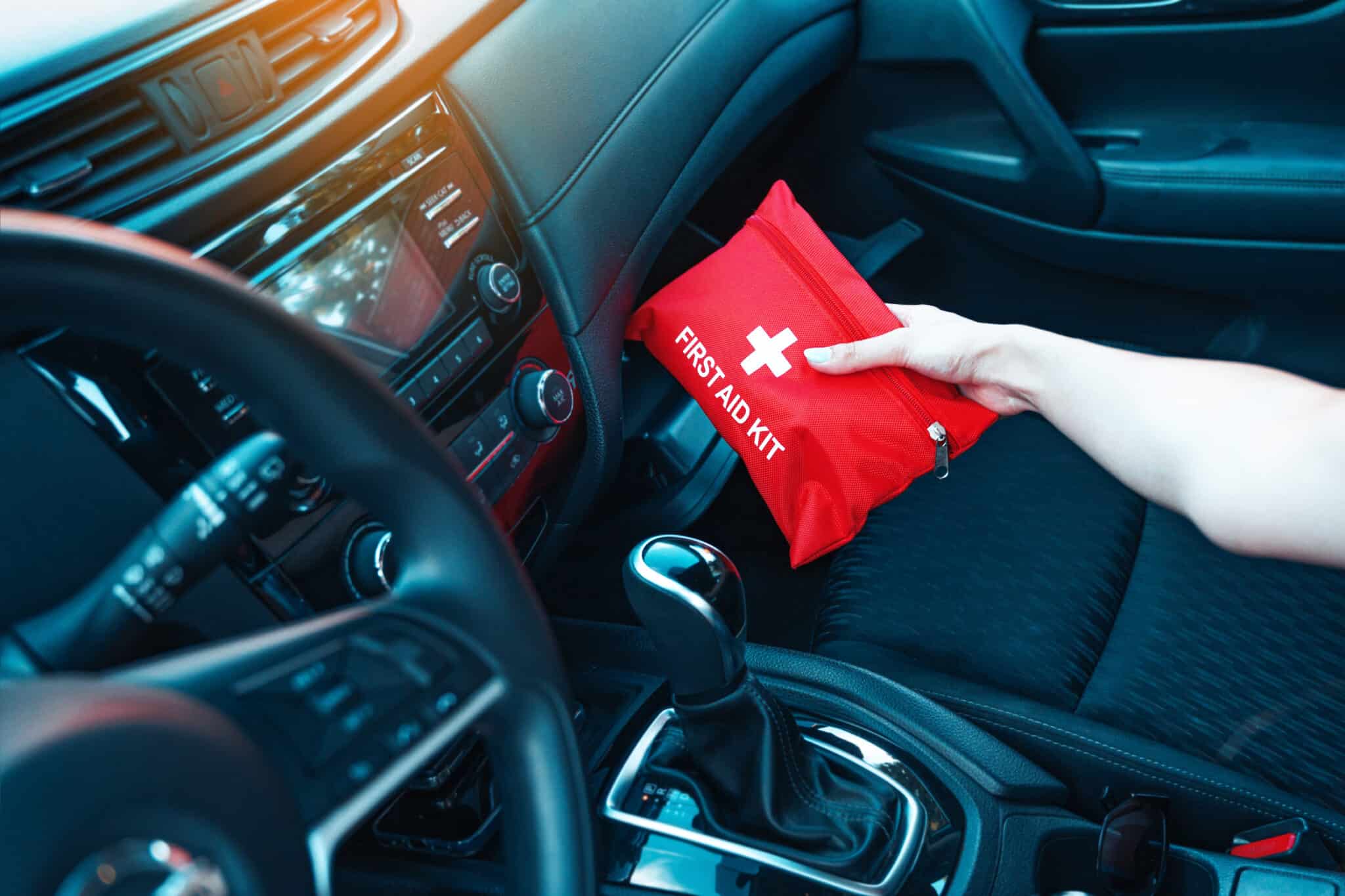Washing machine cycles use a combination of water temperature, agitation, and spin speeds to remove dirt from your laundry. And choosing the right washing machine cycle is crucial for getting the most out of your washing machine.
You may not have realized it, but the proper setting can extend the life of your clothes and even save energy. Here we’ll explain how to choose the best washing machine cycle for your laundry needs.
What Is a Washing Machine Cycle?
A typical washing machine cycle includes four stages:
- Wash
- Rest
- Rinse
- Spin
Some cycles even have multiple rinse and spin stages for heavily soiled items. Each cycle uses a certain water temperature, agitation, and spin setting for specific types of laundry like bedding or delicates.
But before you get started, always check the care instruction label on each garment. And when in doubt, opt for the delicate cycle to avoid shrinkage or damage.
Water Temperature From Hot to Cold
Depending on the cycle, water temperature ranges from cold (60-80 degrees F) to hot (130 degrees F or above). Hotter temperatures are suitable for cotton and other durable, everyday laundry items. Meanwhile, cooler temperatures are the best option for bright or dark colors or for delicate fabrics such as silk and wool.
Each washing machine cycle usually has a default water temperature. For example, the Normal cycle usually uses hot water, and the Delicate cycle uses cold water. Luckily washing machines have flexibility, so if you prefer, you can change the water temperature manually to suit the care instructions for specific laundry items.
Another thing to think about is if you want to save energy while using your home appliances, consider using the cold water setting. According to the US Department of Energy, using cold water can cut washing machine energy usage by more than half.
Agitation Speed Loosens Dirt
During the washing stage, the washing machine vigorously twists the laundry items back and forth to loosen dirt and stains. Agitation speed and duration depends on the selected cycle. A prolonged, fast agitation stage works best for durable or heavily soiled fabrics. On the other hand, a slower, shorter agitation period helps preserve delicate items.
Spin Speed Wrings Out Excess Water
After the rinse stage, the water drains out of the washing machine. Next is the spin stage, where the washing machine gets rid of excess water by spinning the laundry items in the tub. This rapid spinning promotes faster drying, which protects fabrics from excessive heat exposure in the dryer. A faster, longer spin cycle can also help save energy by cutting drying time.
Common Washing Machine Cycles
Most washing machines have standard, preset cycles. And understanding these cycles can help you launder your clothes more effectively and efficiently.
Choose the Normal Cycle for Cotton & Durable Blends
The longest and most intense washing machine cycle is the Normal cycle. Also known as “regular” or “cotton,” this setting works best for cotton, linen, and durable synthetics such as polyester. Typically, the spin speed for this cycle is 1200-1400 RPM.
Choose the Normal washing machine cycle for heavily soiled items as well as everyday laundry, such as:
- T-shirts
- Socks
- Underwear
- Sheets
- Towels
Your washing machine may ask you to choose a temperature setting for the Normal cycle. The care labels on your laundry will advise you on the best temperature per item. Generally, you should select hot water (130 degrees F or above) for a white load and cold water (60-80 degrees F) for colors and synthetic towels.
Select the Permanent Press Cycle for Fewer Wrinkles
The Permanent Press cycle first came on the scene in the 1940s, after the development of wrinkle-free clothing and synthetic fabrics. This cycle is shorter and less intense than the normal cycle, with a fast-washing agitation and spin speeds around 800-900 RPM.
Designed to reduce wrinkling, Permanent Press is an ideal setting for jeans and many synthetic items such as a nylon tracksuit.
Go With Delicate & Hand Wash Cycles for Sensitive Fabrics
Delicate and Hand Wash are the gentlest washing machine cycles, with slower and shorter washing stages. These cycles may have a low spin speed of 400-500 RPM or no spin stage at all.
Hand Wash is the gentlest of the two settings, and is the best choice for extra-sensitive items including:
- Lace
- Hosiery
- Items with embellishments such as beading or embroidery
The water temperature for Delicates and Hand Wash can be warm (90-110 degrees F) or cold. It’s a good idea, however, to opt for cold water when washing delicate items.
And for added protection, place extra-delicate items in a mesh bag before loading them into the washing machine.
Select the Quick Wash Cycle To Save Time
When you’re pressed for time, Quick Wash can be the ideal washing machine cycle. About 30 minutes long, it’s the shortest cycle and works great for lightly soiled clothes.
Quick Wash has a shorter washing stage and high-speed spin stage, which helps decrease drying time. Due to the faster speeds, this setting isn’t appropriate for delicate items such as undergarments, silks, or wool. You should also avoid Quick Wash for items that have beading and other embellishments.
Choose the Bulky Cycle for Large Items
Bulky Wash is appropriate for large items such as comforters, blankets, and rugs. It makes sense when you think about how long it takes longer for water and detergent to penetrate a thick blanket than a t-shirt or pair of jeans. The Bulky cycle, therefore uses more water and has a longer soaking period of about 25 minutes.
Due to the size and thickness of the items, the Bulky cycle has slower agitation speed and a slower but longer spin cycle. Slower speed prevents the items from knocking around in the washing machine. The water temperature for Bulky is usually about 105 degrees F, which is suitable for most fabrics.
Pick the Heavy Duty Cycle for Heavy Soil & Odor
When work clothes or sporting gear become heavily soiled or smelly, Heavy Duty is the ideal washing machine cycle. Similar to Bulky, Heavy Duty uses hot water and high-speed spin to remove sweat and stubborn grime.
Don’t Forget Add-Ons to Enhance Washing Machine Cycles
Sometimes a standard washing machine cycle needs a little help. Luckily, add-on cycles such as Deep Clean and Extra Rinse can give a washing machine cycle the boost it needs.
Deep Clean Provides Extra Soaking for Heavily Soiled Items
You can intensify Normal, Permanent Press, or other washing machine cycles by selecting a deep cleaning option. Often called Deep Clean or Whitest Whites, this setting may add more water or increase the presoak or rinse times.
Choose a deep cleaning setting for heavily soiled items, such as sweaty workout clothes.
Presoak & Extra Rinse Are Great for Tackling Stains
Chances are you’ll be up against stains in some form when you do your laundry. Luckily, there are two add-ons to consider to get rid of stains.
Presoak is a great setting for stained fabrics as it works at loosening stains to help the main washing cycle thoroughly clean the item.
Meanwhile, towels and other absorbent fabrics often need a longer rinse time to remove all detergent. The Extra Rinse mode adds rinse and agitation time to a wash cycle for a better clean.
One thing to keep in mind: don’t use this setting for delicate items, which can shrink when exposed to prolonged agitation or rinsing.
How to Choose the Right Washing Machine Cycle by Item
From fiber content to fabric thickness, many factors go into choosing a washing machine cycle. Although general rules of thumb usually apply, there are exceptions.
Here are some examples of how to choose washing machine cycles for specific laundry items:
T-Shirt: Normal or Quick Wash
A lightly soiled t-shirt is one of those everyday items that belongs in the Normal cycle. Whether cotton or a cotton-polyester blend, the material is durable enough for hot water and a high-speed spin.
If you’re running late, the Quick Wash cycle can wash your t-shirt in 30 minutes without issues. The Quick Wash hot water temperature and fast rinse speed work fine for cotton and cotton blend clothes.
Denim Jeans: Permanent Press
For denim jeans, choose a warm water cycle such as Permanent Press. Although denim jeans fall into the “everyday wear” category, they don’t tolerate the hot water temperature of the Normal cycle. Plus, warm water will prevent fading and damage to the color and fibers of denim.
Polyester-Filled Parka: Delicates
Despite its thickness and weight, a polyester-filled winter parka belongs in the Delicates washing machine cycle. This is because the fluffy polyester fill can’t withstand the hot water and rapid spin speed of the Normal cycle.
On the other hand, the cold water and slower agitation speed of the Delicates cycle help preserve the polyester fill and extend the life of the parka.
Blanket: Bulky Wash
A thick, heavy blanket needs extra soaking time and more water than most other laundry items. With other washing machine cycles, the detergent doesn’t have time to penetrate and lift out dirt. But the Bulky Wash cycle adds soak time as well as extra water, making it ideal for blankets.
Cashmere Scarf: Delicates or Hand Wash
The Delicates or Hand Wash cycle is the best choice for a cashmere scarf because it helps preserve the extra soft texture that makes cashmere unique. The soft, smooth knit needs extra gentle treatment, with little or no spin stage and cold or warm water temperature.
Construction Work Clothes: Heavy Duty
Whether it’s sweat, grime, or stains, construction work clothes pick up plenty of dirt at a job site. For this situation, the Heavy Duty washing machine cycle combines high temperature and rapid spin speeds to clean heavily soiled or odorous laundry. If you use this washing machine cycle, you’re sure to see how the hot water temperature is especially efficient at removing stains.
Pillowcase: Normal & Deep Clean
Pillowcases absorb oils from hair and skin, so they need a thorough cleaning. The Normal cycle can efficiently clean cotton and cotton-polyester pillowcases. But combine that with the Deep Clean add-on, and see how bright previously dingy cotton and cotton-blend pillowcases can become.
Check your labels before washing because some pillowcases are made of satin and other sensitive materials. It’s best to wash these items according to the care instruction label. And when in doubt, choose the Delicates or Hand Wash cycle.
Care for Your Clothes With the Right Washing Machine Cycle
The right washing machine cycle helps keep colors bright and fabrics in good condition. From your favorite jeans to that heavy winter coat, there’s a suitable cycle for every laundry item.






